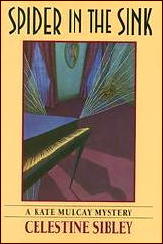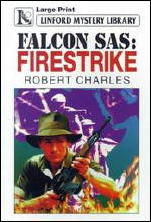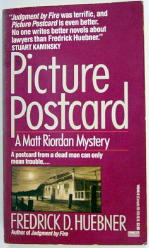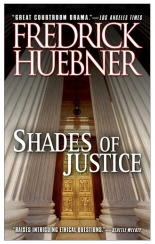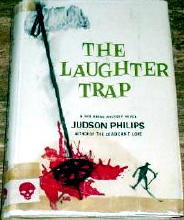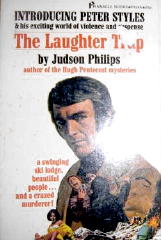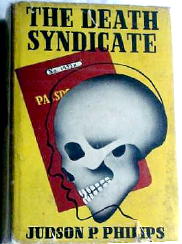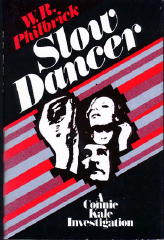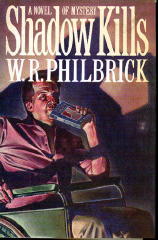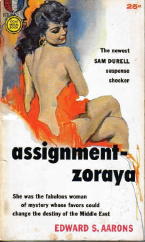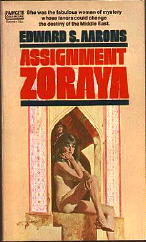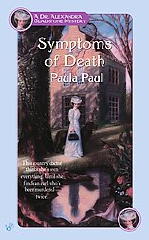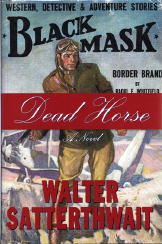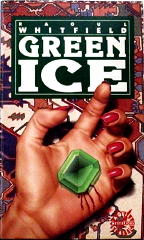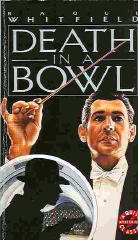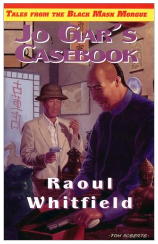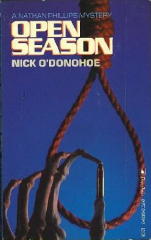Mon 8 Dec 2008
Archived Review – CELESTINE SIBLEY: Ah, Sweet Mystery.
Posted by Steve under Authors , Bibliographies, Lists & Checklists , Crime Fiction IV , Reviews[2] Comments
CELESTINE SIBLEY – Ah, Sweet Mystery
Detective Book Club; hardcover reprint [3-in-1 edition]. First Edition: HarperCollins, 1991; paperback reprint, 1992.
It would take some investigating to be sure, but there may be record of sorts that was set with the publication of this book, Sibley’s second mystery novel. Atlanta newspaper reporter-columnist Kate Mulcay appeared in the first one, The Malignant Heart, which was published in 1958, and she’s in this one as well, only a mere 33 years later. (There may have been wider gaps between series appearances by a given character, but between the author’s first and second mystery, with the same character?)
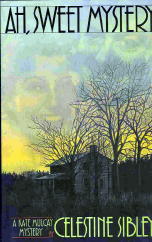
Sibley, also a newspaper columnist, also from Atlanta, was 74 when she wrote this one, and she went on to write four more Mulcay books, the final one in 1997, two years before she died.
Kate, now widowed in Ah, Sweet Mystery, is of an indeterminate age, but she’s still actively writing her columns and going along on a police raids. Hints of her life with her husband Benjy, a member of the Atlanta police force, suggest that he appeared in the first book, but Kate now lives on her own.
Dead is Garney Wilcox, a cutthroat real estate developer intent on transformed quiet corners of Atlanta and environs into apartment complexes. Confessing to the crime is his stepmother, Miss Willie, whom Garney had recently persuaded to abandon her long-time home for the comforts of a rundown nursing manor.
There are only a few mystery novels, I am sure, which incorporate the songs and mystique of Nelson Eddy and Jeannette MacDonald as part of the plot, but this is one of them. Also an underlying theme is the sense that pieces of traditional southern living and hospitality are disappearing, and that life in general in the South is changing. “Little enough country left,” Kate says on page 211. “I come this way if I have time.”
The mystery itself is not nearly as strong as the nice homey feeling that Sibley creates, giving Kate guidance as she seeks out the roots of true southern culture. Puzzling to me was the dead man, who seems to have been electrocuted as part of his travails, rubbing up against a raw wire in a house where the electricity has been cut off. And while the culprits seem fairly obvious, the actions of the dead man’s wife are unfathomable, or at least unexplained.
On the basis of a sample of size one, Sibley’s books, while sound as social statements and weak as detective novels, should still be more widely known than I think they are. (They’ve all come out as paperbacks, but I don’t think I’ve ever come across a used one.)
[UPDATE] 12-08-08. For the record, here’s a list of all of Celestine Sibley’s mystery fiction, thanks to the Revised Crime Fiction IV, by Allen J. Hubin. Kate Mulcay appears in all five:
SIBLEY, CELESTINE (1917-1999)
* The Malignant Heart. Doubleday 1958.

* Ah, Sweet Mystery. Harper 1991.
* Straight As an Arrow. Harper 1992.
* Dire Happenings at Scratch Ankle. Harper 1993.
* A Plague of Kinfolks. Harper 1995.
* Spider in the Sink. Harper 1997.
